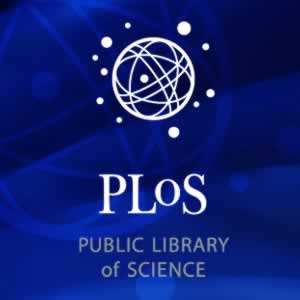
How to Read Scientific Journals
By now, you've had some experience with close reading and annotating texts. The next level of reading comprehension involves learning to read peer reviewed science publications. Peer-reviewed refers to articles that are written by experts and are reviewed by several other experts in the field before the article is published in a journal. This process ensures that published articles are of high quality and follow standards set forth by the scientific community with regard to research. Many of these articles are published in journals like "The American Journal of Medicine." Some are published in open access journals, like the Public Library of Science (PLOS).
The news articles you read about newly found scientific discoveries are often based on these publications. Science journalists convert the documents into something that is more understandble by the general public. As advanced students of biology, you will develop your reading and science literacy skills by reading science journal articles.
As a group, you will closely read a peer reviewed article and complete the tasks listed below. The article "Fish as Reservoirs of Vibrio Cholerae" was published in PLOS One, though your instructor may have chosen a different article for this activity.

ABSTRACT
Each paper has a dense paragraph at the beginning called the ABSTRACT. This is where the authors summarize the entire paper. Many media journalists just read this section and report it to their audience. For this assignment, the abstract has been removed so that you are required to really READ the article and develop your own summary.
INTRODUCTION
Read the introduction slowly and carefully. Annotate in the margins are take notes as you go. Write down any words you don't understand, it's likely you will find many words that you will need to look up later.
This section should allow you to answer the following questions:
1. What is this paper about? What problem is this trying to solve?
2. What are the authors trying to answer with their research?
3. What is the hypothesis and the null hypothesis? (This may not be present in all articles.)
4. How does the author plan to answer the question?
5. What scientific terms were used in the introduction that you needed to look up? (Write the words and the definitions.)
RESULTS
Take notes in this section to summarize the results of the research or experiment, again taking note of any terms you don't understand. In most papers, the results are summarized for you in a figure, table, or graph.
7. Summarize the results of each table or graph printed in this section, do not copy the data, summarize the trends.
8. Determine how each figure relates to the question being asked (from the introduction.)
9. Before you read the authors' conclusion, write your own conclusion. What is the answer to the question?
DISCUSSION
10. Read the author's discussion or conclusion. Do you agree with his or her conclusion? Why or why not?
11. What problems do the author's identify in the research? If the author's don't identify any problems, what do you think are problems with the experiment or data or questions you feel aren't fully answered?
12. Do the authors identfy a direction for future research? What would be the next steps now that the question is answered?
METHODS
This section contains the specifics of how data was gathered. They are included in all papers so that scientists can replicate each others work. You can skim this section.
13. Why is it important for scientists to be able to replicate the experiment.
FINAL THOUGHTS
14. Many companies or universities fund research. When something new is discovered, the organization often puts out a press release. This press release is picked up by media agencies that deciminate the information. Create a press release for this study (3-5 sentences.)
*When this activity is finished, you will be able to read the original abstract. How close is it to your press release statement?